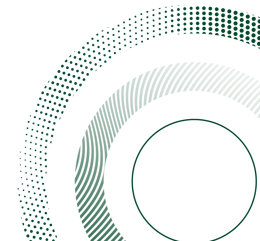Article Evaluation
The research impact of an article is measured by the number of times the article is cited by other articles and various types of publications. Similarly, the impact of different types of publications, such as conference proceedings, books, patents, and more, can also be measured.
Key Traditional Sources for Counting Article Citations in Journals:
Web of Science Web of Science is a subscription-based database that allows finding the number of times works indexed in Web of Science cite a particular article. Next to each record/document in the search results page, you can see the number of citations under the 'Citations' value. Citation counts are also available on the full document page. |
Scopus Scopus is a subscription-based database from the Elsevier group. It includes peer-reviewed journal articles, commercial publications, series, books, conference papers, and patents. It allows tracking citation counts of publications indexed in Scopus. To find the citation count of a specific article, search for the article by its title or keywords under Document Search. The citation count will appear under the Citations page in the search results. Alternatively, citation counts are also available in the document details for each document indexed in Scopus. On this page, you can also see the Field Weighted Citation Impact (FWCI) value. The Field Weighted Citation Impact (FWCI) measures how much a publication is cited compared to similar publications. It can be used to benchmark the performance of the article against other articles (even in different subject areas) because it is normalized. This value is also available to those without a subscription to Scopus/Scival (Bar-Ilan does not have a subscription to Scopus/Scival). Meaning of the FWCI Value:
|
Google Scholar Google Scholar is Google's free search engine. It indexes the full text of various types of publications, including non-research publications such as pre-prints, theses, presentations, and more, which are not indexed in databases like Scopus and Web of Science. To get the citation count for a selected article, search for the article by its title or keywords. The citation count will appear under the "Cited by" value. Clicking on "Cited by" will lead to a list of articles that cited the given article. |
Lens.Org Lens.Org is a free search platform by the Cambia social enterprise for finding research articles and global patents. The platform provides citation count metrics at the article level and offers a wide range of search fields and tools for visualizing bibliometric data. Additionally, it is possible to identify patents that cite a selected article. |
Dimensions Dimensions is a free database from Digital Science and other companies, providing various citation count metrics at the article level and Altmetrics. On the information page of a selected publication, you can get information about publications, patents, clinical trials, datasets, and policy documents that cited the article and the grants that funded the research. Free registration is required to access the database. The free account is limited to searching publications and datasets. Searching information about grants, patents, clinical trials, policy documents, and reports requires payment. |
Advantages and Disadvantages of Using Article Evaluation Metrics:
Advantages
|
Disadvantages
|




